by David Alan Johnson
One of the main reasons for the success of the battleships West Virginia, Tennessee, and California at Surigao Strait was their Mk 8 fire control radar, which was used in conjunction with the Mk 8 rangekeeper computer. Maryland, Mississippi, and Pennsylvania had been fitted with the less effective Mk 3 radar.
[text_ad]
The Mk 8 radar was able to detect the range, speed, and target angle of enemy ships very precisely and also gave a much “harder” image than the Mk 3. It was also less likely to have its screen cluttered by “soft” images such as shell splashes. The three U.S. battleships equipped with Mk 8 radar managed to maintain contact with Yamashiro and continued accurate fire on the enemy battleship.
The Mk 8 rangekeeper, an analog mechanical ballistic computer, was operated by one crewman. The operator manually entered several variables into the computer, including powder charge, type of shell being fired, and wind speed and direction. After these items were entered, the rangekeeper received information on the course and speed of the ship and how much it was rolling and pitching, determining the steadiness of the ship as a gun platform.
Using target data, the computer produced a firing solution—the correct position and elevation of the guns for hitting the target. As the range and bearing of the target changed, the radar detected these changes and fed them into the computer. Corrections were made, a new firing solution was reached, and the guns were turned and elevated or depressed accordingly. The Mk 8 rangekeeper also calculated the change of angle and range between the target’s present position and the position of the target at the end of the projectile’s flight. In other words, it could actually lead its target.
The Mk 8 radar was the state of the art in the mid-1940s and seemed nothing short of miraculous to gunners aboard U.S. cruisers and battleships. The combination of the Mark 8 radar and Mark 8 rangekeeper was instrumental in humiliating the Japanese at Surigao Strait.
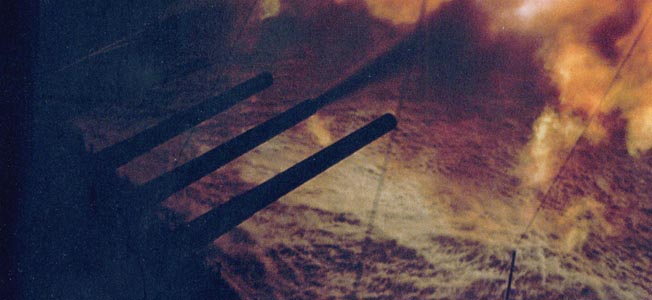
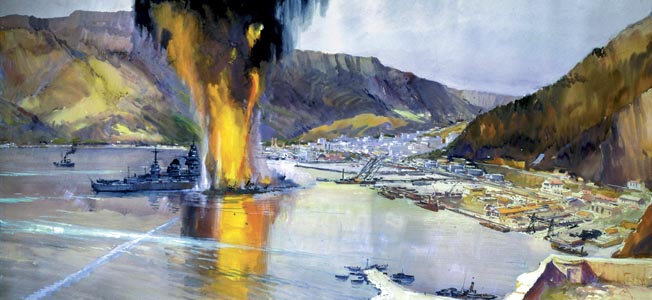
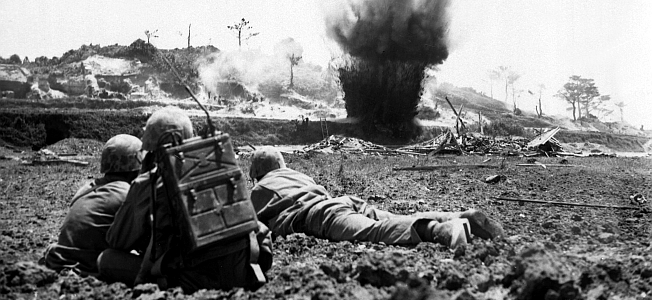

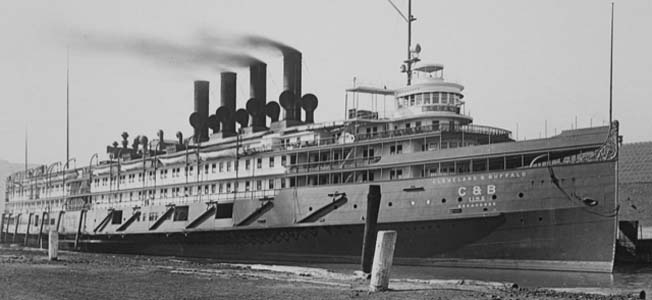
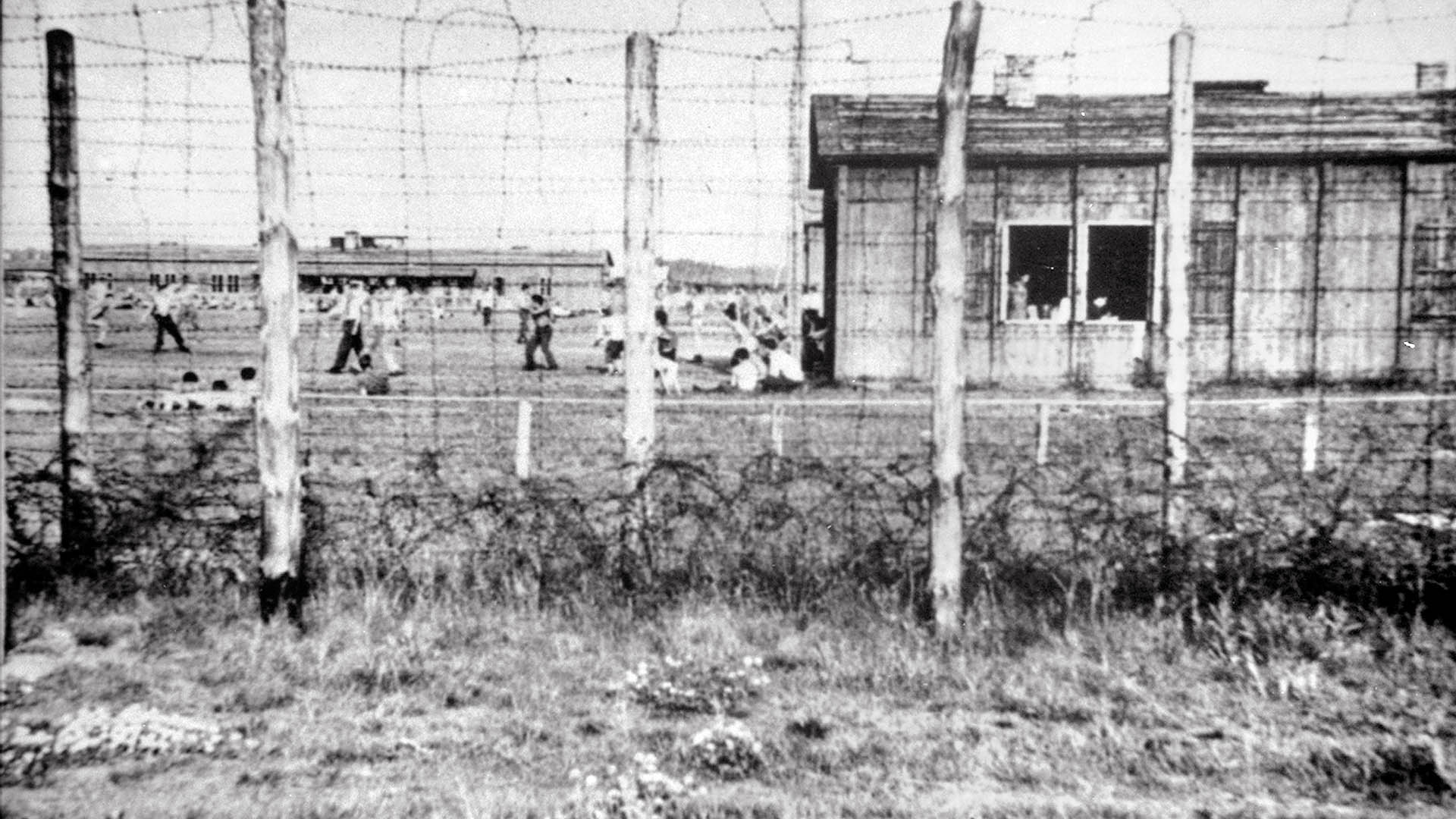
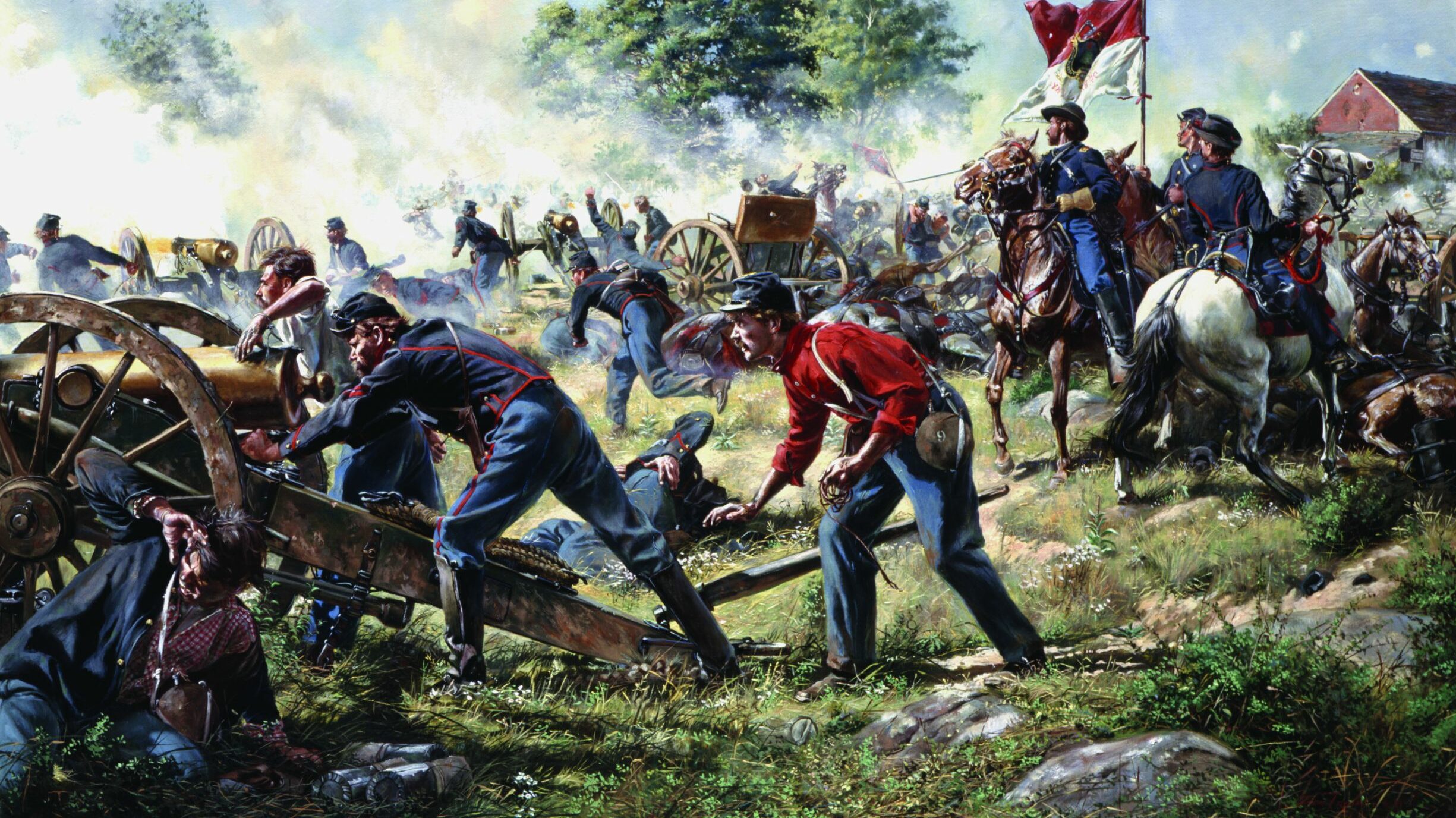
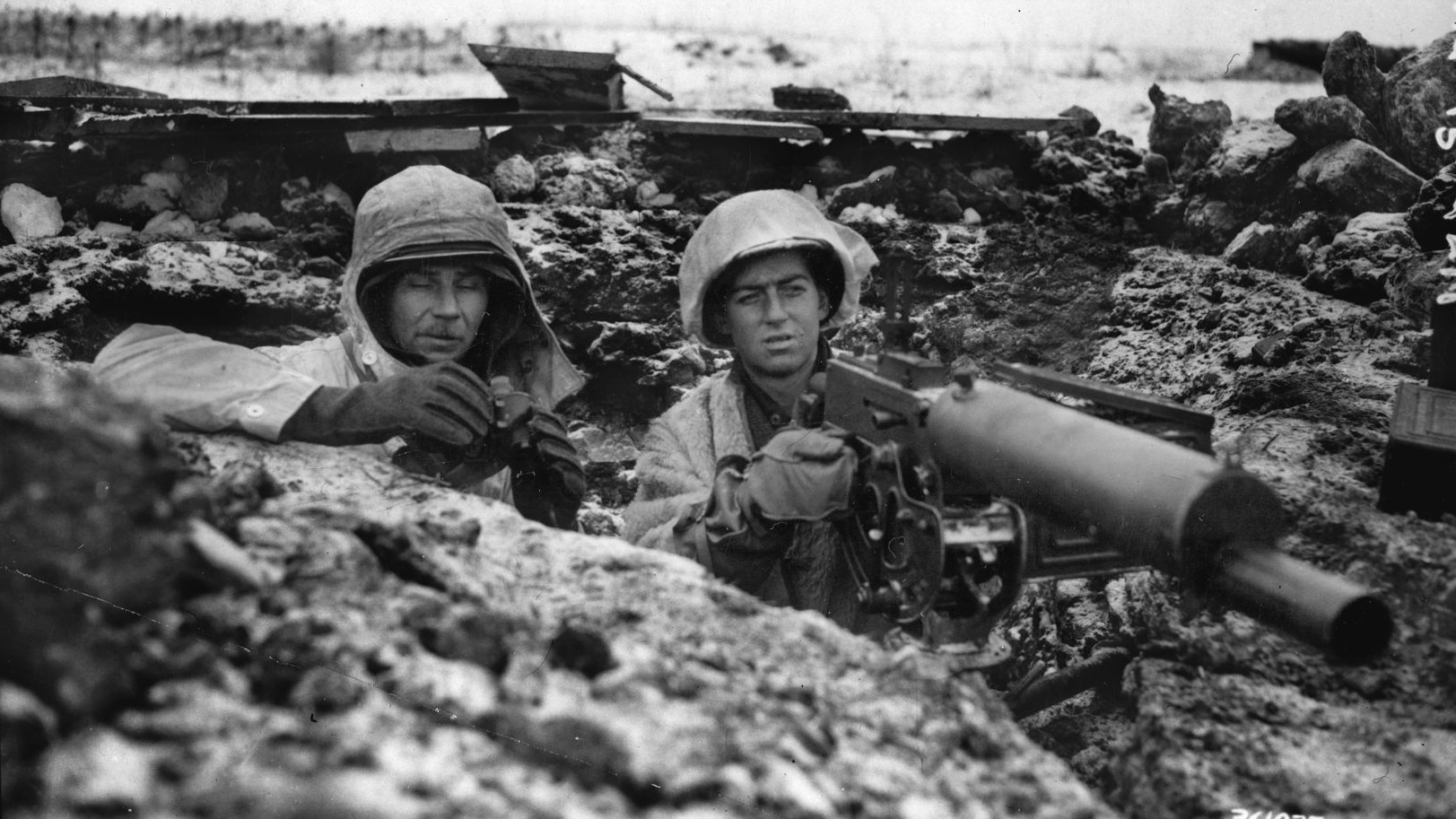
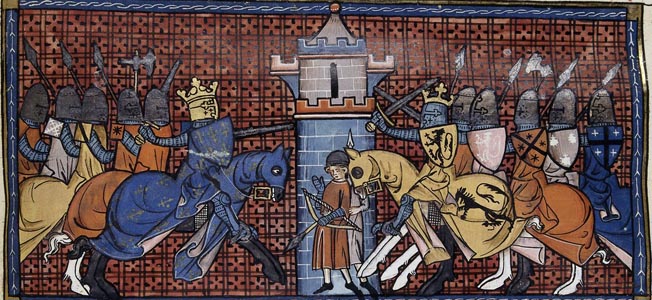
Did not know that technology was available then.